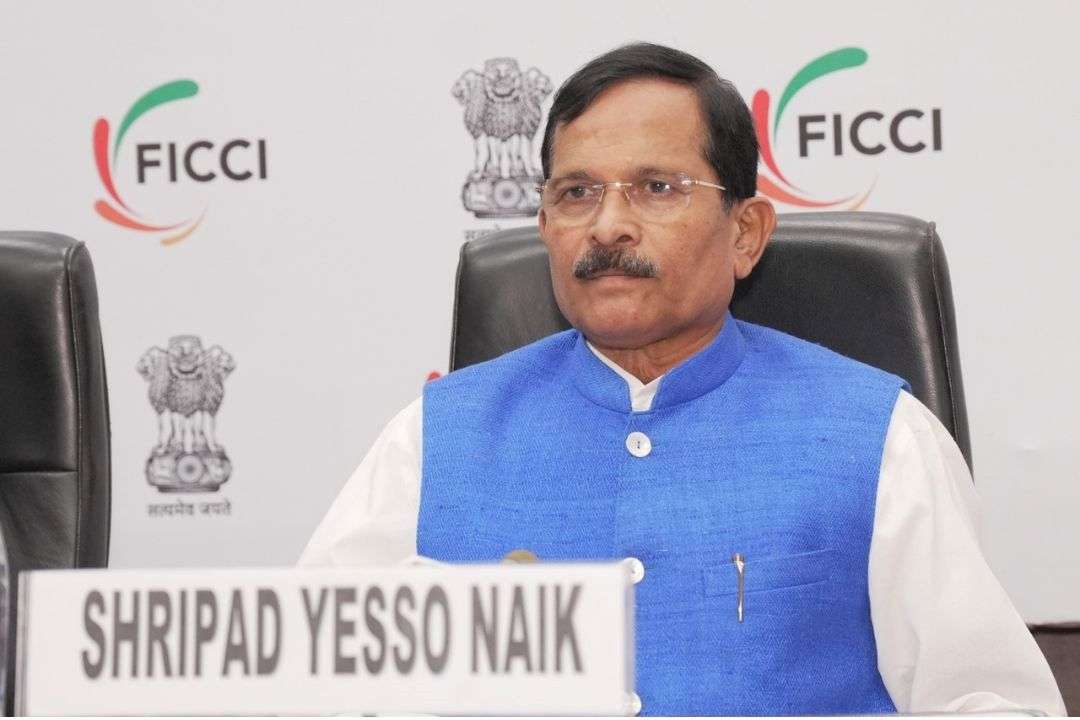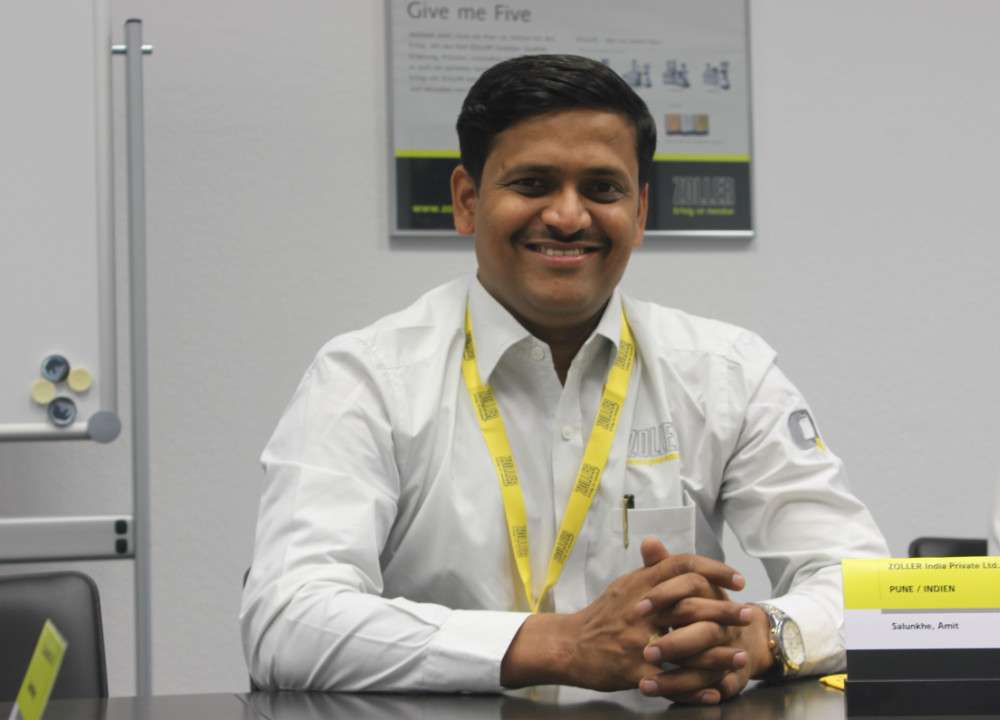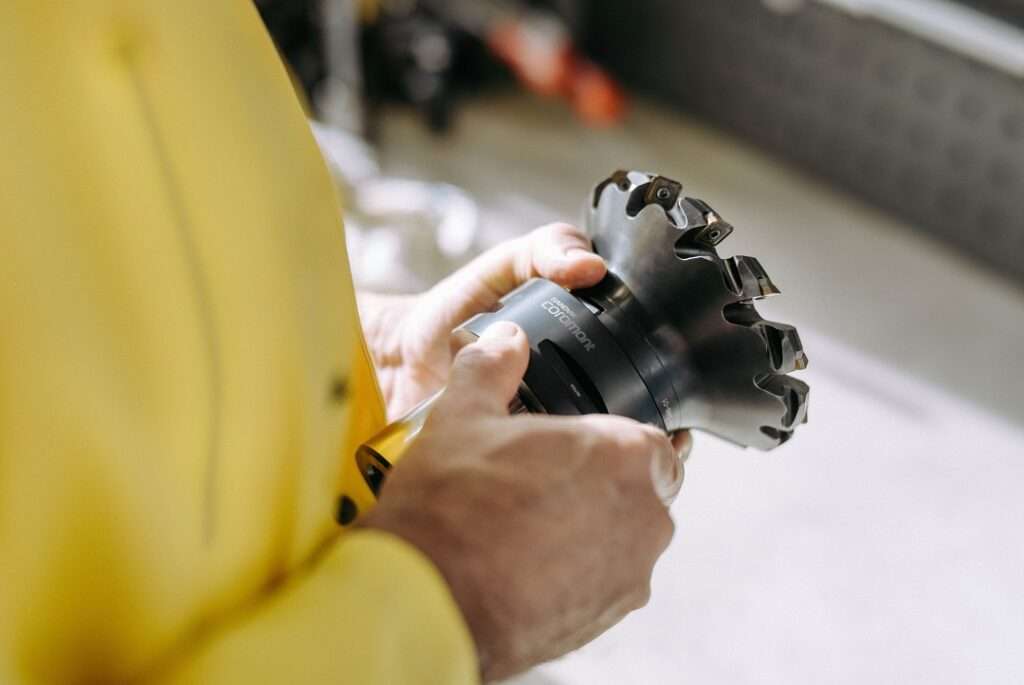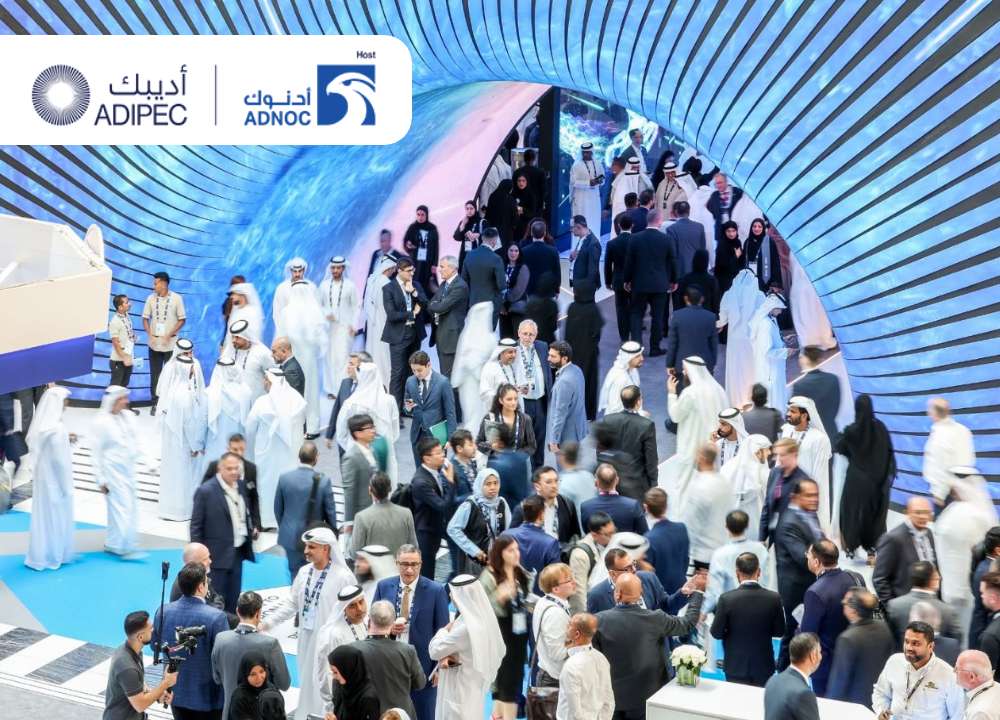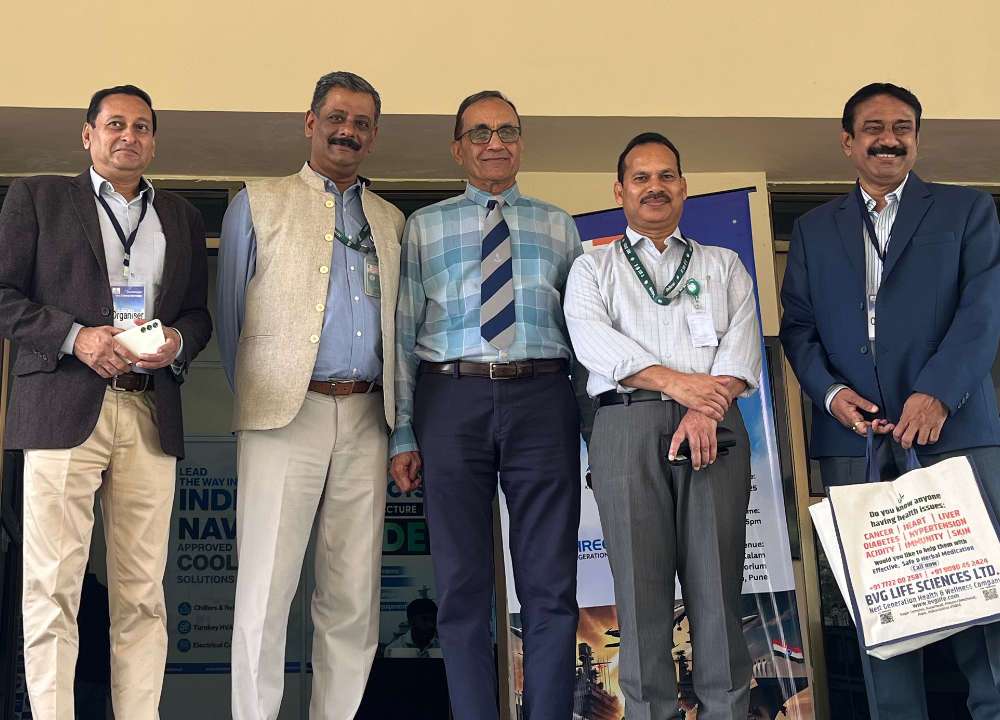India is making significant strides towards its green hydrogen goals, with 862,000 tonnes per annum of production capacity already allocated to 19 companies under the National Green Hydrogen Mission. Union Minister of State for Power and New & Renewable Energy, Shripad Naik, shared these updates during the FICCI Green Hydrogen Summit 2025 in New Delhi.
Mr Naik highlighted that India is targeting to capture nearly 10% of the global green hydrogen demand, which is expected to surpass 100 million metric tonnes by 2030. The government has also awarded 3,000 megawatts of electrolyser manufacturing capacity to 15 companies, marking a key step in the sector’s industrial growth.
“We aim to position India not only as a major producer but also as a global leader in green hydrogen exports,” Mr Naik stated, emphasizing the country’s strategy to be a reliable exporter in the rapidly expanding market. The minister also pointed to India’s renewable energy achievements as a solid foundation for its green hydrogen ambitions.
By June 2025, India had installed a total renewable energy capacity of approximately 237 gigawatts, including 119 gigawatts of solar, 52 gigawatts of wind, and 49 gigawatts from large hydro. Combined with 8.78 gigawatts of nuclear power, non-fossil fuel sources now account for over 50% of the country’s total installed power generation capacity.
“We’re proud to have met this important NDC target five years ahead of schedule,” Mr Naik said, acknowledging the leadership of Prime Minister Narendra Modi. India aims to reach 500 gigawatts of non-fossil fuel-based capacity by 2030, requiring annual additions of around 50 gigawatts.
At the summit, industry leaders praised the government’s support for the green hydrogen sector. Rajat Seksaria, Chair of the FICCI Green Hydrogen Committee and CEO of Adani New Industries, cited three major government initiatives: the PLI scheme, the world’s first green ammonia auction, and sustained government commitment that builds investor confidence.
Vipul Tuli, Chair of FICCI’s Renewable Energy CEOs Committee and Chairman of Sembcorp India, highlighted that green hydrogen has now become price-competitive with blue hydrogen in recent global tenders, a key milestone for the industry. “In one of the global tenders, green hydrogen has actually come out cheaper than blue hydrogen. This is a significant development,” Tuli noted, while urging the sector to focus on long-term, sustainable growth rather than just low prices.
Dr Ewa Suwara, Chargé d’affaires of the EU Delegation to India, reaffirmed the European Union’s commitment to strengthening bilateral cooperation in green hydrogen. Following the second India-EU Green Hydrogen Forum in Rotterdam in May 2025, both sides agreed to establish a Hydrogen Task Force to discuss strategies and ensure practical implementation.
Fifteen Indian states have already announced green hydrogen policies, with several others in development. These states are facilitating land allocation, ensuring water availability, promoting renewable power banking, and incentivizing innovation through hydrogen hub creation.
At the event, Mr Naik also released the FICCI-EY Green Hydrogen Report, which outlines the importance of demand from hard-to-abate sectors like refining, steel, aviation, and fertilizers in driving the green hydrogen market. The report also identifies priority use cases, procurement models, cost structures, and actionable steps to stimulate demand in the sector.


